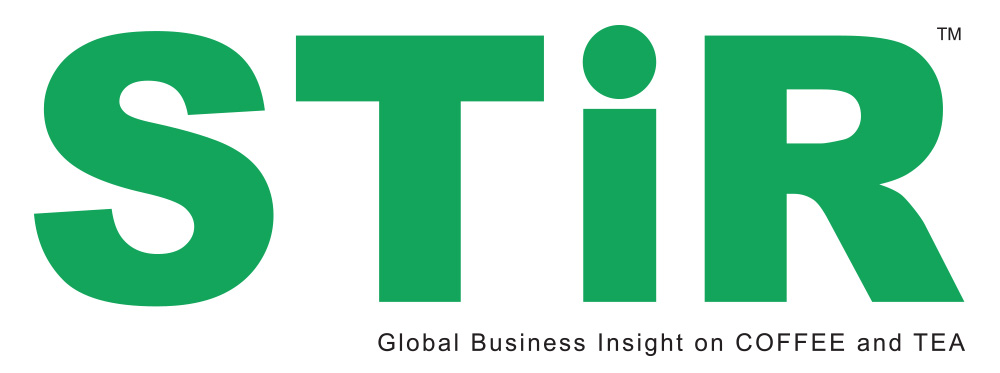
Center-aisle categories like tea rarely accelerate at growth rates faster than advertising-driven fast moving consumer goods (FMCG) categories – but that is exactly what happened in 2020.
According to Chicago-based market research firm IRI, a surge last April grew sales of tea bags in US multi-outlet retail by 12.7% year-over-year. IRI data shows growth in the loose leaf and tea bag categories was up 18.1% for the calendar year. Sales for the year in multi-outlet (grocery, convenience, department, drug, and mass-market) rose to $1.44 billion. Canned and bottle tea grew 2.9% to $4.1 billion during this period, according to IRI.
Sales of refrigerated ready-to-drink tea surged 38% to $620 million, refrigerated concentrates and bulk tea grew 8.5% to $1.8 billion, evidence of a shift to increased at-home consumption. Unit sales averaged $4.33, indicating multipacks predominate.
Instead of ordering tea with restaurant-delivered meals, homes are stocking tea in the pantry and refrigerator. According to IRI, sales of tea in teabags totaled $250 million in the building calendar year ending February 2021, a 12.3% increase over pre-pandemic 2020.
In Canada, hot tea sales grew by 18% through January 2021, compared to 11% growth in fast-moving goods overall, according to Nielsen research shared by the Tea & Herbal Association of Canada.
In the UK, Fraser McKevitt, Kantar’s head of retail and consumer insight, writes that “We’ve eaten an extra 7 billion meals at home since spring 2020. Office tea rounds meanwhile were replaced by brews in our own kitchens and we drank an additional 2 billion cups of tea in the house this year.”
Globally, packaged foods and beverages have fully recovered to pre-pandemic levels, but it is premature to celebrate.
Will Changing Consumer Preferences Sustain Sales?
Tea sales were slack in 2019; US tea imports overall were down. A putative tariff caused a 35% decline in Chinese tea, compounded by rising shipping costs and delays.
Supermarkets sell the most RTD by volume, accounting for 26.6%, according to Beverage Marketing Corp.'s just released Ready-to-Drink Tea in the US through 2024.
The compound annual growth rate (CAGR) from 2013-2018 was only 2.2% for ready-to-drink tea, the most lucrative segment at $6.1 billion in 2019. Sales of packaged tea were flat. Bottled tea is doing quite well, compared to historical sales data, but consider cold-brewed coffee, a category that grew by 45% in mass-outlet retail to $290 million in calendar 2020. Tea growth is outpaced by bottled water and specialty beverages, except Kombucha, according to IRI.
Multi-pack, refrigerated, and bulk tea sales, already on the rise by 2020, reflect the shift from single-serve vending and convenience purchases near offices. According to IRI, refrigerated RTD sales rose to $1.7 billion year-over-year in US multi-outlets and convenience stores through May 2020, totaling $1.79 billion for the calendar year ending December. During the first two months of the year, growth had slowed to 7.3%, but that rate is three times greater than tea in 2019.
Cautious Optimism
The world economy remains roiled. Offices in every major city remain vacant. Purchasing behavior has shifted. In the US, 62% of consumers polled by the Conference Board say they are cutting back on spending overall. The survey found that frugality is one of three dominant household priorities and a preference for digitally enabled convenience and spending on health and wellness.
A return to normalcy in food service is a critical unknown. Recent setbacks in the reliability of vaccines and difficulties in their manufacture and distribution inhibit the "normal" that makes business predictable and profitable.
Lauren M. Scott, the chief strategist at PMA, the Produce Marketing Association, predicted a slow return in foodservice demand this winter that will rapidly accelerate as summer nears. The organization surveyed distributors, retailers, and growers to better understand the path to recovery. Their assessment: Restaurant openings will be uneven by geography, catering, conventions will see limited sales while delivery, takeout, and foodservice operators producing meal kits report will likely expand that channel.
Writes one distributor, "it happens like a light switch, but it will be sporadic,” another said it will take time to get product back on the shelf. “Even if doubling your order goes from 5 to 10 huge orders that is not enough to make a big difference but enough of a change to create huge problems without advance notice. There is no guarantee we won’t cut the order without warning. We lost a ton of money last year and we are trying to be careful.”
There is a pronounced shift toward functional beverages and greater competition than ever with plant-based beverages, protein beverages, pre-biotics, CBD, vitamins, electrolytes, condition-specific beverages for a range of widespread conditions, including diabetes and dementia, along with energy and sports. All are innovating.
Customers are seeking multiple benefits in a bottle. Tea must race to keep pace.
Consumer surveys show that comfort and relaxation and lifestyle motivated tea purchases – with immunity and mental health and “just keeping warm” are among the top five reasons people bought tea during lockdowns.
Consumer interest in self-care and convenience is now more prominent than in last year's surveys. Still, the desire to spend more to indulge in premium tea and to create pleasant in-home experiences remains strong.

